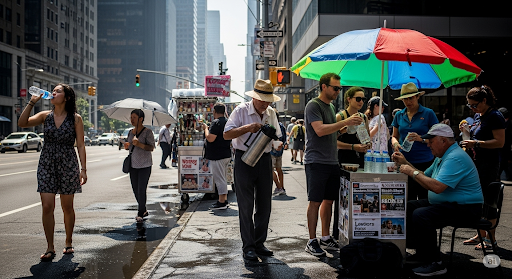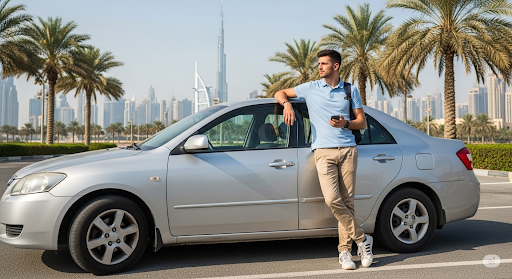Urban Green Spaces: The Future of Outdoor Living in European Cities by 2025
Urban Green Spaces are becoming increasingly important in European cities, and for good reason. Urban Green Spaces are not only aesthetically pleasing, but they also provide a range of benefits for both the environment and the people who live in these cities. In this article, we will explore the importance of urban green spaces and how they are shaping the future of outdoor living in European cities by 2025.
What are Urban Green Spaces?
Urban green spaces refer to any area in a city that is covered in vegetation, such as parks, gardens, and green roofs. These spaces can be public or private and can range in size from small gardens to large parks. Urban green spaces are important because they provide a range of benefits, including improving air quality, reducing noise pollution, and mitigating the urban heat island effect.
The Benefits of Urban Green Spaces
There are many benefits to urban green spaces, including:
- Improved air quality: Urban green spaces can help to remove pollutants from the air, improving air quality and making cities healthier places to live.
- Reduced noise pollution: Urban green spaces can act as a buffer against noise pollution, making cities quieter and more pleasant places to live.
- Mitigated urban heat island effect: Urban green spaces can help to reduce the urban heat island effect, which occurs when built-up areas absorb and retain heat, making cities hotter than rural areas.
- Improved mental health: Urban green spaces can have a positive impact on mental health, reducing stress and improving mood.
- Increased biodiversity: Urban green spaces can provide a habitat for a range of plants and animals, increasing biodiversity and making cities more interesting and dynamic places to live.
The Future of Outdoor Living in European Cities
By 2025, urban green spaces are expected to play an even more important role in European cities. As cities continue to grow and urbanize, there will be an increasing need for green spaces that can provide a range of benefits for both the environment and the people who live in these cities. Some of the ways that urban green spaces are expected to shape the future of outdoor living in European cities include:
- Increased use of green roofs and walls: Green roofs and walls are expected to become more common in European cities, providing additional green space and helping to reduce the urban heat island effect.
- More emphasis on sustainable design: Urban green spaces are expected to be designed with sustainability in mind, incorporating features such as rain gardens and green infrastructure to manage stormwater runoff and reduce the burden on urban drainage systems.
- Greater emphasis on community engagement: Urban green spaces are expected to be designed with community engagement in mind, providing opportunities for people to get involved in the design and maintenance of these spaces and helping to build stronger, more cohesive communities.
- More investment in green infrastructure: European cities are expected to invest more in green infrastructure, including urban green spaces, to help mitigate the effects of climate change and improve the quality of life for urban residents.
Conclusion
In conclusion, urban green spaces are becoming increasingly important in European cities, and for good reason. These spaces provide a range of benefits for both the environment and the people who live in these cities, and are expected to play an even more important role in the future of outdoor living in European cities by 2025. As cities continue to grow and urbanize, it is essential that we prioritize the creation and maintenance of urban green spaces, and work to design and build cities that are sustainable, resilient, and livable for all.



